Arduino Uno R3
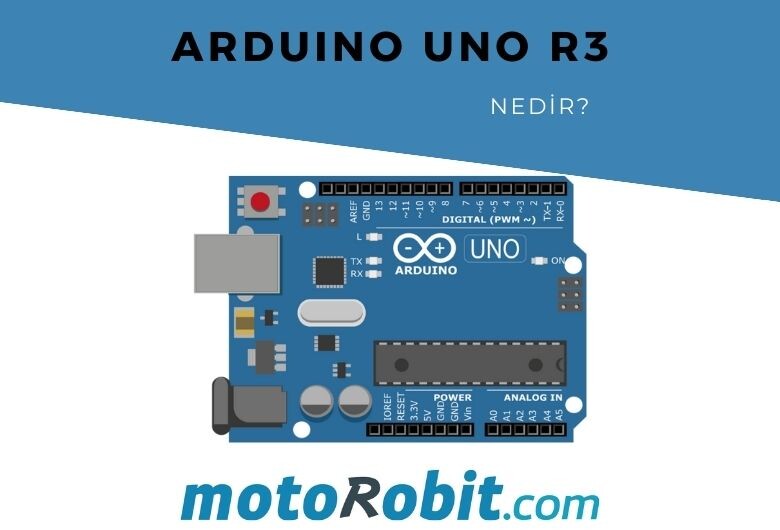
Arduino Uno R3 Nasıl Kullanılır?
Arduino, hem basit hem de karmaşık çok çeşitli projelere entegre edilebilen açık kaynaklı bir programlanabilir devre kartıdır. Bu kart, fiziksel dünyadaki nesneleri algılamak ve kontrol etmek için programlanabilen bir mikrodenetleyici içermektedir. Arduino, sensörlere ve girişlere cevap vererek, LED'ler, motorlar ve ekranlar gibi geniş bir çıkış dizisi ile etkileşime girebilir. Esnekliği ve düşük maliyeti nedeniyle Arduino, etkileşimli donanım projeleri oluşturmak isteyen insanlar için çok popüler bir seçenek haline geldi.
Arduino, 2005 yılında İtalya'da Massimo Banzi tarafından mühendis olmayanların donanım projeleri oluşturmak için düşük maliyetli, basit bir araca erişebilmelerinin bir yolu olarak tanıtıldı. Yönetim kurulu açık kaynak olduğundan, herhangi birinin kendi panosunu üretmesini sağlayan bir Creative Commons lisansı altında yayımlanır. Web’de arama yaparsanız, yüzlerce Arduino uyumlu klon ve varyasyonları olduğunu göreceksiniz, ancak yalnızca resmi kurulların adında Arduino var.
Arduino Çeşitleri
Arduino, projelerin ve icatların prototiplenmesi için harika bir platform ancak doğru seçeneği seçmek zorunda kaldığında kafa karıştırıcı olabilir. Bunun için yeniyseniz, her zaman sadece bir tane "Arduino” kurulu olduğunu düşünmüş olabilirsiniz. Gerçekte, resmi Arduino kurullarının birçok çeşidi vardır ve daha sonra klonlar sunan rakiplerden yüzlerce kişi daha vardır. Ancak endişelenmeyin, bu derste hangisiyle başlayacağınızı size göstereceğiz.
Aşağıda, farklı Arduino panolarının örnekleri verilmiştir. Üzerinde Arduino adı verilen panolar resmi kurullardır ancak piyasada da birçok harika klon vardır. Bir klon almanın en iyi nedenlerinden biri, genellikle resmi meslektaşlarından daha az pahalı olmalarıdır. Örneğin, Adafruit ve Sparkfun, Arduino kartlarının daha az maliyetli fakat orijinallerinin kalitesi ile aynı varyasyonlarını satıyor. Dikkatli bir kelime, tanımadığınız şirketlerden satın alırken dikkatli olun.
Arduino çeşitleri karşılaştırma
Bir Arduino seçerken göz önünde bulundurulması gereken başka bir faktör de, yapmak istediğiniz proje türü. Örneğin, giyilebilir bir elektronik proje oluşturmak istiyorsanız, LilyPad panosunu Sparkfun'dan düşünebilirsiniz. LilyPad e-tekstillere ve giyilebilir projelere kolayca dikilmek üzere tasarlanmıştır. Projeniz küçük bir form faktörüne sahipse, diğer panolara kıyasla çok az yer kaplayan Arduino Pro Mini'yi kullanmak isteyebilirsiniz. Buradaki üst kurulların bir incelemesi ve karşılaştırması için Sparkfun’ın Arduino Karşılaştırma Kılavuzuna göz atın.
Daha sonra, yeni başlayanlara başlamanızı önerdiğimiz Arduino panosuna odaklanacağız.
Arduino Uno
En popüler Arduino panolarından biri Arduino Uno. Aslında piyasaya sürülen ilk yönetim kurulu olmasa da, piyasada en aktif olarak kullanılan ve en çok belgelenen belge olmaya devam etmektedir. Arduino Uno, aşırı popülaritesinden ötürü, web'de bir sıkışmaya başlamanıza veya çıkmanıza yardımcı olacak bir dizi proje öğretmeni ve forumuna sahiptir. Harika özellikleri ve kullanım kolaylığı nedeniyle Uno'nun büyük hayranlarıyız.
Arduino uno board genel bakış
Yönetim Kurulu Dağılımı
Arduino kartını oluşturan bileşenler ve işlevlerinin her biri.
Sıfırla Düğmesi - Arduino kartına yüklenen tüm kodları yeniden başlatır
AREF - "Analog Referans” anlamına gelir ve harici bir referans voltajı ayarlamak için kullanılır
Topraklama Pimi - Arduino'da birkaç topraklama pimi vardır ve hepsi aynı şekilde çalışır.
Dijital Giriş / Çıkış - Pimler 0-13 dijital giriş veya çıkış için kullanılabilir
PWM - (~) sembolü ile işaretlenen uçlar, analog çıkışı simüle edebilir
USB Bağlantısı - Arduino'nuzu güçlendirmek ve eskizleri yüklemek için kullanılır
TX / RX- Veri gösterge LED'lerini iletme ve alma
ATmega Mikrodenetleyici - Bu beyin ve programların depolandığı yerdir
Güç LED Göstergesi - Bu LED, kartın bir güç kaynağına takılı olduğu her zaman yanar.
Voltaj Regülatörü - Bu Arduino kartına giren voltaj miktarını kontrol eder.
DC Güç Varil Jakı - Arduino'nuza güç kaynağı sağlamak için kullanılır
3.3V Pin - Bu pin projelerinize 3.3 volt güç sağlar
5V Pin - Bu pin projelerinize 5 volt güç sağlar
Zemin Pimleri - Arduino'da birkaç zemin pimi vardır ve hepsi aynı şekilde çalışır.
Analog Pinler - Bu pinler, analog bir sensörden gelen sinyali okuyabilir ve dijital hale getirebilir
Arduino Güç Kaynağı
Arduino Uno'nun çalışması için bir güç kaynağına ihtiyacı vardır ve çeşitli şekillerde çalıştırılabilir. Çoğu kişinin ne yaptığını yapabilir ve kartı bir USB kablosuyla doğrudan bilgisayarınıza bağlayabilirsiniz. Projenizin mobil olmasını istiyorsanız, meyve suyu vermek için 9V'luk bir pil kullanın. Son yöntem bir 9V AC güç kaynağı kullanmak olacaktır.
arduino uno güç kaynağı
Arduino Breadboard
Arduino ile çalışırken bir diğer önemli parça ise lehimsiz bir breadboard. Bu cihaz, devreyi kalıcı olarak lehimlemek zorunda kalmadan Arduino projenizi prototip etmenize olanak tanır. Bir breadboard kullanmak, geçici prototipler oluşturmanıza ve farklı devre tasarımlarıyla denemenize izin verir. Plastik muhafazanın deliklerinin (bağlantı noktaları) içinde, iletken malzeme şeritleriyle birbirine bağlanmış metal klipsler bulunur.
Arduino breadboard bağlantı yönü
Bir yandan notta, breadboard kendi başına çalıştırılmamaktadır ve atlama kablolarını kullanarak Arduino kartından kendisine güç verilmesi gerekir. Bu teller ayrıca dirençleri, anahtarları ve diğer bileşenleri bir araya getirerek devreyi oluşturmak için kullanılır.
Arduino uno kurulu için breadboard atlamacı teller
İşte tamamlanmış bir Arduino devresinin bir breadboard'a bağlandığında neye benzediğini gösteren bir görsel.
arduino-uno-breadboard-switch
Arduino Nasıl Programlanır
Devre breadboard üzerinde oluşturulduktan sonra, programı (eskiz olarak bilinir) Arduino'ya yüklemeniz gerekir. Çizim, panoya hangi işlevleri yerine getirmesi gerektiğini söyleyen bir talimatlar kümesidir. Bir Arduino kartı aynı anda yalnızca bir çizim yapabilir ve gerçekleştirebilir. Arduino eskizlerini oluşturmak için kullanılan yazılıma Entegre Geliştirme Ortamı anlamına gelen IDE denir.
Her Arduino taslağının programın iki ana bölümü vardır:
void setup () - Bir kez yapılması gerekenleri ayarlar ve sonra bir daha olmaz.
void loop () - Kart kapanana kadar tekrar tekrar tekrarlanan talimatları içerir.
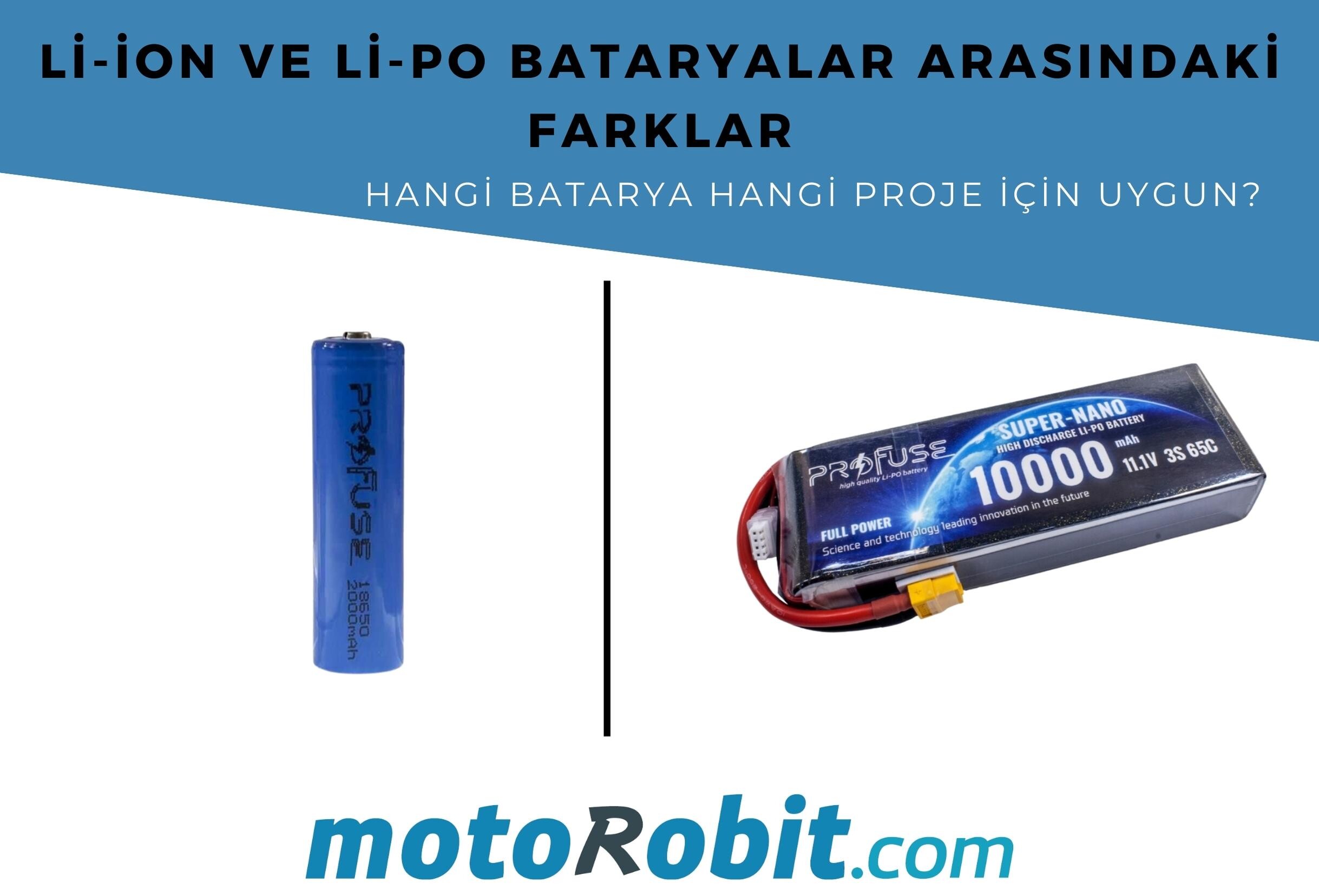
Li-ion ve Li-Po Bataryalar Arasındaki Farklar: Hangi Batarya Hangi Proje İçin Uygun?
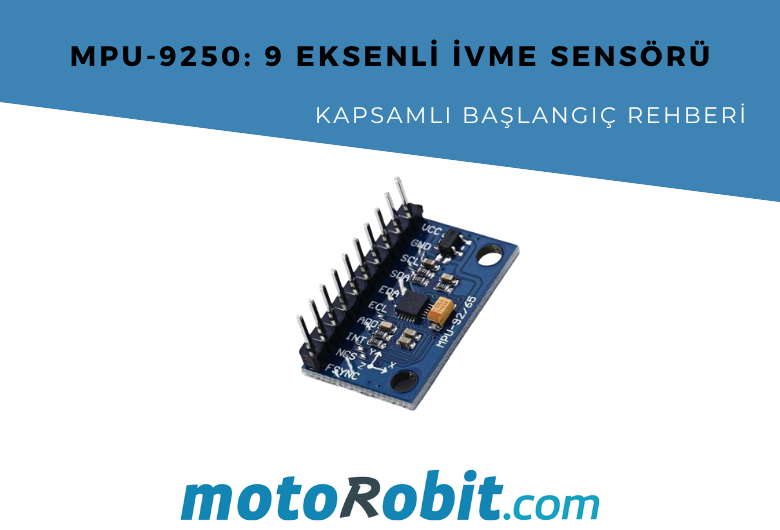
MPU-9250: 9 Eksenli İvme Sensörü - Kapsamlı Başlangıç Rehberi

ULN2003 Entegresi Nedir ?
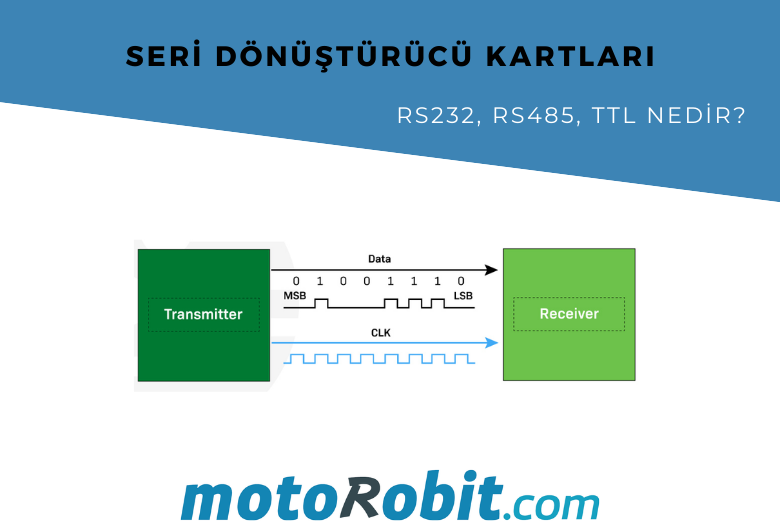
Seri Dönüştürücü Kartları (RS232, RS485, TTL) Nedir ve Nerelerde Kullanılır?
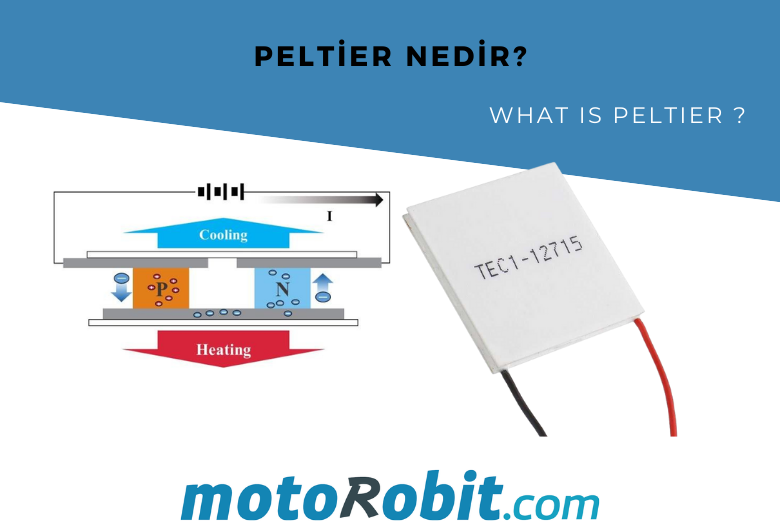
Peltier Nedir, Çalışma Prensibi Nasıldır?

.png)